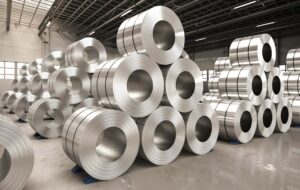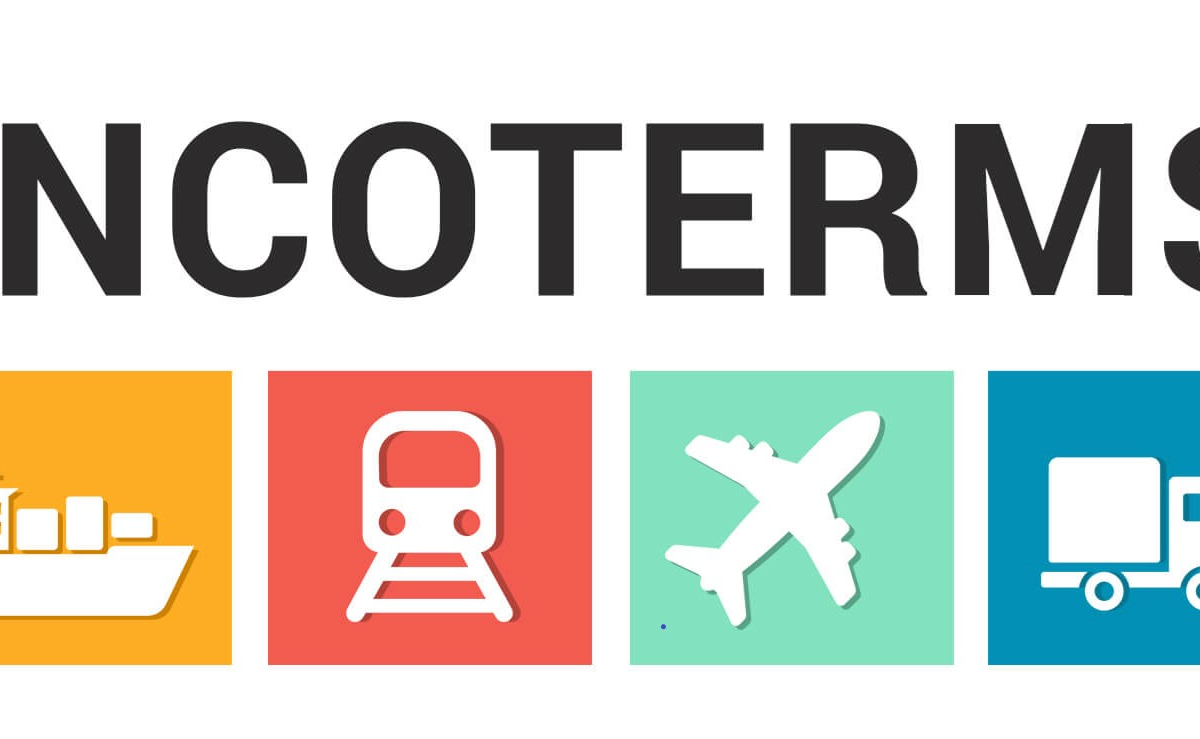
By the TradeFlex Team of Consultants and Experts
By the TradeFlex Team of Consultants and Experts
New U.S. presidential orders are impacting trade. These affect steel and aluminum imports. They have changed manufacturing and global supply chains. Tariffs are 25% on steel. Aluminum tariffs are 10% to 25%. These aim to boost national security. They also protect U.S. production. But they create new challenges for businesses. Importers and manufacturers are especially affected.
Key Changes and Their Scope
Exemptions and old deals are ending. As of March 12, 2025, U.S. tariffs are back. A 25% tariff applies to steel and steel products. This includes imports from Argentina, Brazil, Canada, the EU, and Japan. Mexico, South Korea, and the UK are also affected.
Aluminum tariffs are going up. They will rise from 10% to 25%. This mostly impacts imports from Argentina, Australia, Canada, Mexico, the EU, and the UK.
There are new rules based on material origin. Products made with steel or aluminum from China or Russia face sanctions. This applies even if they are processed elsewhere.
Product exclusions are over. The tariff exemption process has stopped. This will increase import costs for many products.
Steel Derivatives List Released
The White House shared a list of steel derivative items. These will face Section 232 tariffs. U.S. Customs and Border Protection (CBP) will soon collect these duties.
There are 155 derivative items in Chapter 73. These will face 25% tariffs. Items from Turkey are an exception. Another dozen items are in Chapters 84 or 94. They will owe duties only on their steel content.
These items include:
- Bulldozer blades
- Escalator and elevator parts
- Backhoe and front-loader attachments
- Plows
- Steel shelving
- Modular steel building units
- Brass lighting fixtures
- Other lighting fixtures
Importers must give CBP information. They need to identify the steel content. This applies to these imports. CBP will start these rules soon. Public notice will come before tariffs are due.
Impact on Industry and Trade
Costs will rise for manufacturing and construction. Companies using imported steel and aluminum face higher production costs. This could mean higher prices for consumers.
Supply chains will change. Importers and manufacturers may look for new suppliers. These could be in countries without tariffs. Or they might invest more in U.S. production.
Trade tensions could grow. These measures might lead to retaliation. Affected countries could impose new tariffs. Disputes at the WTO might increase.
Domestic production could see opportunities. In the medium term, U.S. steel and aluminum industries might benefit. Demand could rise. Investments in production capacity might follow.
What Importers and Exporters Must Consider
Companies must adapt their plans now. This helps lessen the effects of these changes. At TradeFlex, we help our clients. We optimize their international trade.
We offer:
- Cost analysis: We check cost impact and profitability.
- Supplier search: We help find new suppliers. We optimize supply chains.
- Compliance advice: We advise on regulations. We help reduce risks.
Want to understand how these policies affect you? Need to explore solutions? Contact us at TradeFlex. Together, we can build a strong business strategy. This will help you in this changing environment.



